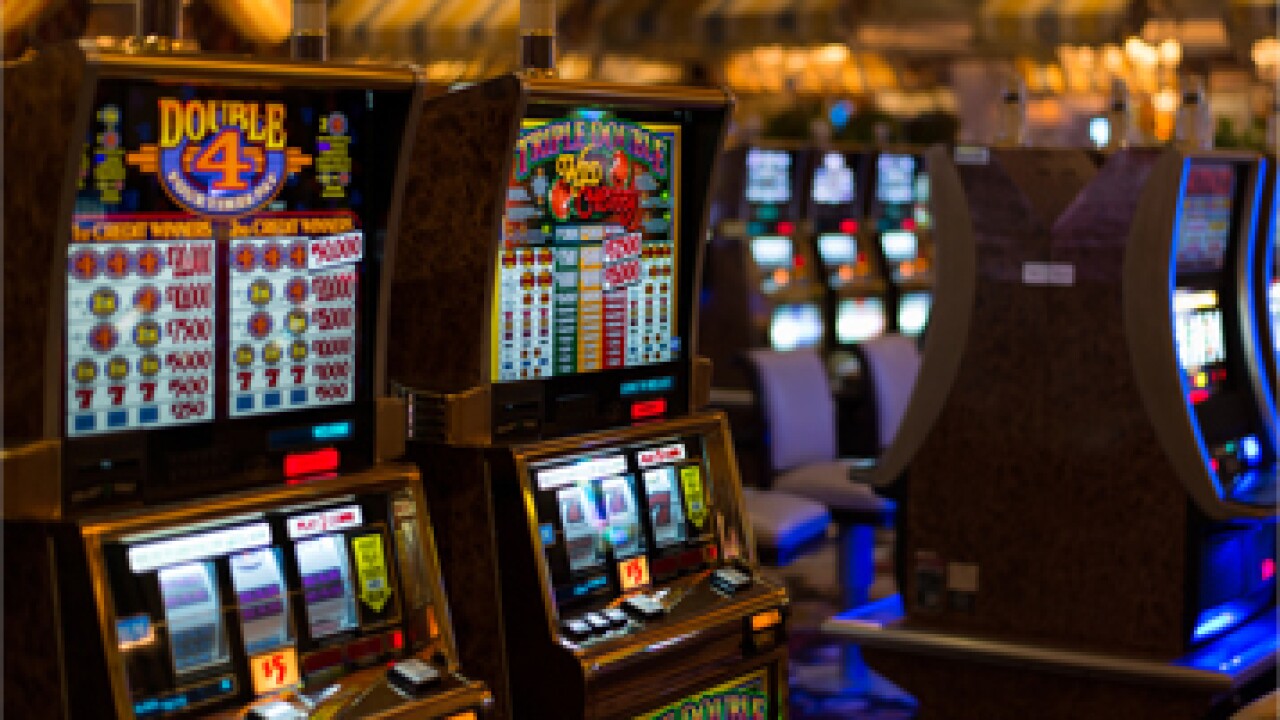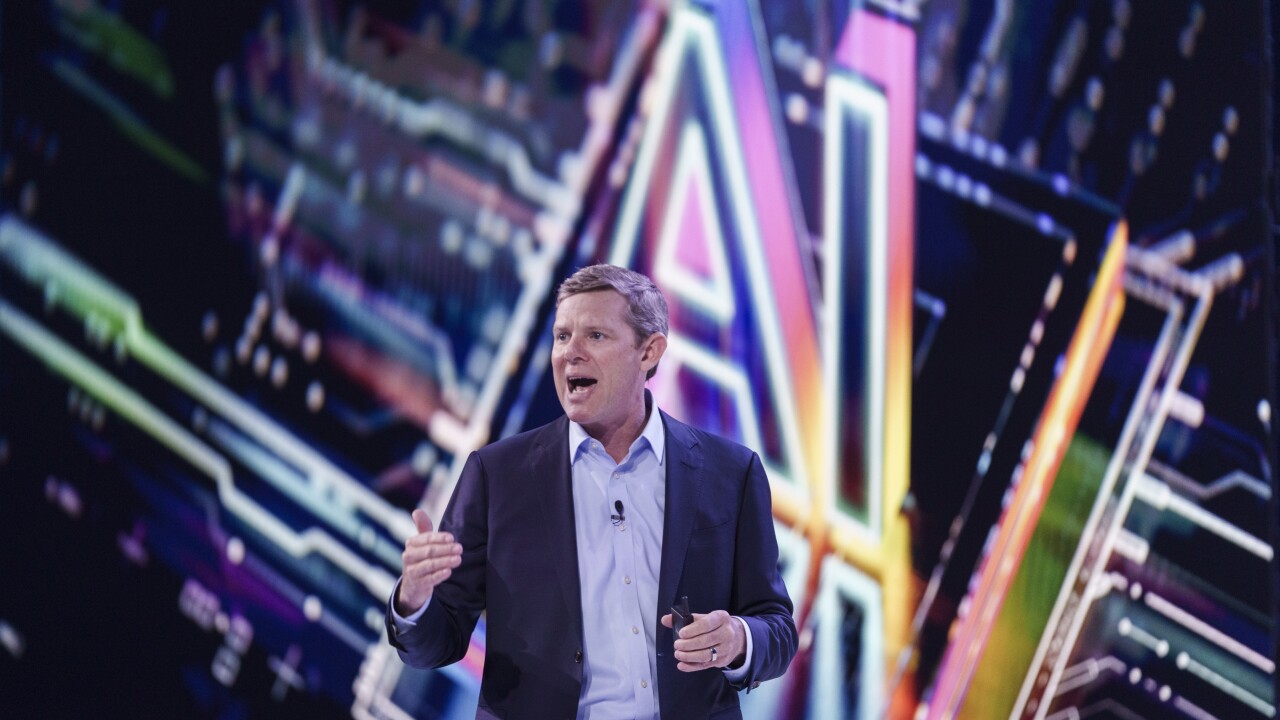Barclays has jumped on a huge range of technology that brings payments closer to myriad activities, but as competition looms, the bank is working to better organize its projects.
The clearest threat comes from Apple and Goldman Sachs, whose Apple Card provides an entire banking relationship within a nonbank's app — much like Barclays' own Uber card is managed in Uber's app. Amazon also poses a threat as it refines its approach to shopping via voice assistant and retail stores.
In earlier years, Barclays was more free to experiment, particularly in contactless and wearable payments. Simple experiments included key fobs and gloves; more outlandish ones included donkey saddles But more recently, Barclays has made a couple of strategic moves to create a single umbrella for its mass of payment gadgetry.

Barclays' Pingit app has launched an e-store, which will sell wearable payment accessories, enabling consumers to shop and pay digitally for devices that automate and diversify payments elsewhere. The bank is hoping to provide a single location for devices, clothing and other trinkets that have payment technology embedded, potentially fueling contextual commerce, multichannel shopping and digital payments.
Pingit itself is a result of a reorganization, as it includes bBay, Barclays' service for wearable payments; and Barclays' P2P and international payments app, which was called Pingit. Barclays, which announced the launch of its e-store on Monday, did not comment beyond the press release or release current usage numbers. As of spring 2019,
Meanwhile, Apple is gradually rolling out
Barclays Pingit e-store is a way to improve execution around Barclays' wearable strategy by creating an easier experience and a single location.
"There are plenty of obstacles to growing a new payment service, fulfillment shouldn't be one of them," said Rick Oglesby, president of AZ Payments Group. "Providers need to make it super easy for a customer to acquire, enroll in and activate the service, or the consumer demand will simply go unmet, so consumers will move on."
Hardware fulfillment is the most complex part of enrolling and activating a payments customer, Oglesby said. "Barclays is smart to make it as simple as possible. Consolidating all of the devices into a single spot will facilitate marketing, enrollment and activation."
Barclays has a lot riding on its IoT strategy, since the bank has made connected devices a large part of its product development and branding strategy.
Largely under the old bPay brand, Barclays introduced
Some of the deployments were highly experimental, or a way to see what people would actually use to make a payment. Barclays, for example, late in 2018 placed payment technology on
Another out-of-the-box idea came much earlier, with Barclays adding contactless payment acceptance to donkey saddles in 2014 as part of a collaboration with
In between, Barclays outfitted a series of other devices with payments technology. Barclays in 2015 hired
The earliest rollouts were also seen as a competitive play against Apple, particularly since Barclays held out for more than a year before supporting
"I'm unaware of any other online store that is differentiated by its focus on payments related gadgets and wearables," said Tim Sloane, vice president of payments innovation at Mercator. "This may be perceived as either ahead of its time, or ahead of the market — but it's novel."





